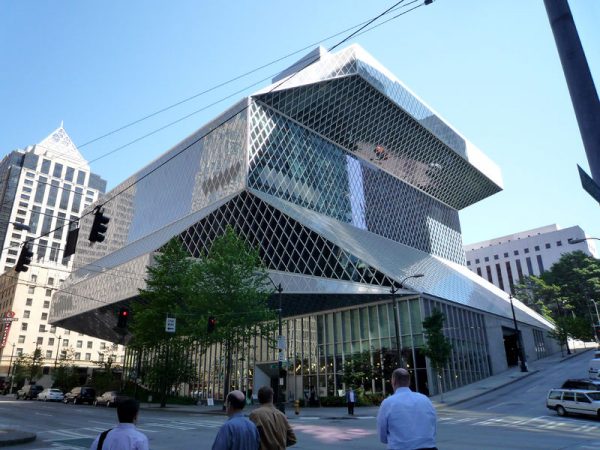As any good fire marshal knows: the best way to stop a fire is to prevent it from even starting. A remarkable active system called Cap9 by technology company Opsys bridges the gap between passive prevention and active suppression — it stops fires before they start by modulating the very air around us.
 Walking into the Dubai offices of Opsys you may spot a matchbox on the conference table. This is no idle prop: try to light a match and it will immediately extinguish. It is also not a magic trick: pull out your own lighter and it will not even light in the first place.
Walking into the Dubai offices of Opsys you may spot a matchbox on the conference table. This is no idle prop: try to light a match and it will immediately extinguish. It is also not a magic trick: pull out your own lighter and it will not even light in the first place.
So how does it work? Watch the video to learn more, but basically: nitrogen is added to the air to ‘pack in’ oxygen molecules, preventing them from participating in a combustion reaction. In short: the air itself is reconditioned to become inhospitable to flames. Cap9 machines operate by filtering out particles and maintaining the right balance of oxygen and nitrogen to keep fires from gaining traction.
Remixing what you breathe may sound a bit scary but the system basically simulates the experience of higher altitudes — in fact, the same tech has been used for decades by athletes trying to replicate such environments for training purposes.
A low-oxygen environment, as it turns out, is also a pretty good thing all around for various types of storage spaces, helping keep artifacts and objects from degradation or oxidation.
Of course, there are limitations: these systems only work in controlled-access spaces (no operable windows and minimized door usage). In modern times, these criteria apply not just to warehouses and data centers but also to a lot of relatively well-sealed and climate-controlled office buildings as well as commercial and institutional spaces.
And in spaces where they work, hypoxic air technology obviates the need for conventional sprinklers and other fire suppression systems. Water and foam, meanwhile, can do irreparable damage to stored materials (either in a fire or during a malfunction or false alarm).
Broadly employed, this type of fire suppression could have design implications for architects as well. In many jurisdictions, specific fire code rules can be circumvented if a designer can show that their building will hold up thanks to structural or systematic redundancies.

The Seattle Public Library, for instance, features a lattice of exposed steel beams. Ordinarily these would have to be coated in an ugly fire-protective foam. Using computer models, however, the architects were able to convince the Fire Marshal’s Office that even if large sections of steel failed the structure would not collapse.
By a similar token, architects boasting active systems like Cap9 could potentially avoid costly and design-impeding changes by showing the system will stop a fire before it can even start.







Leave a Comment
Share